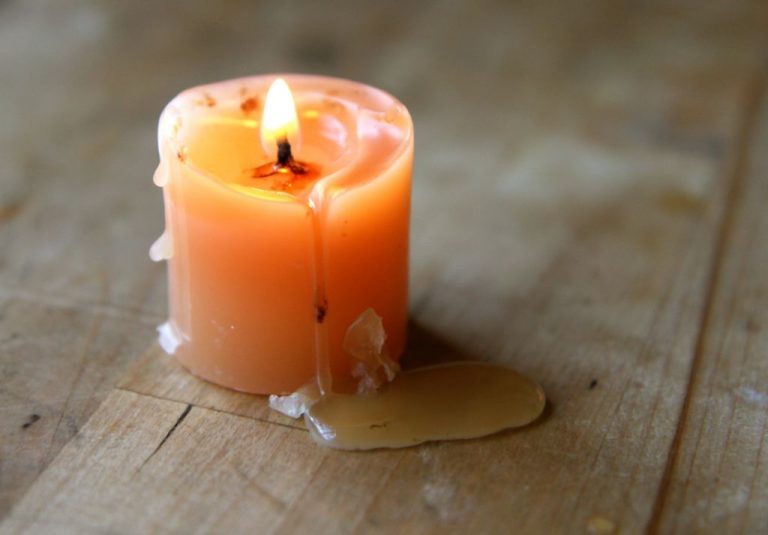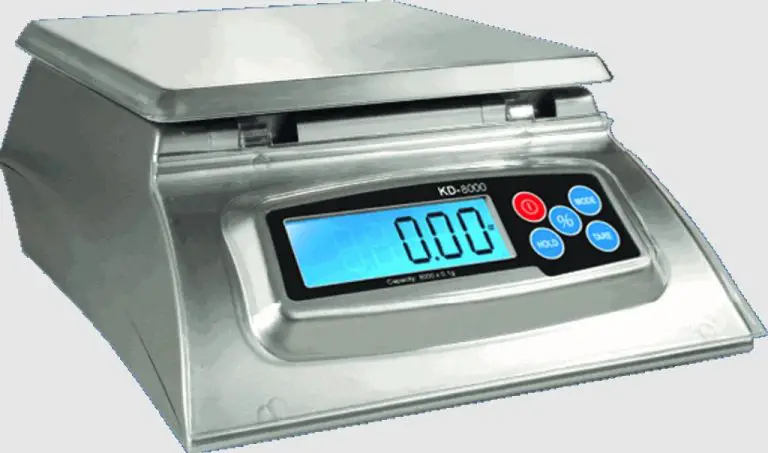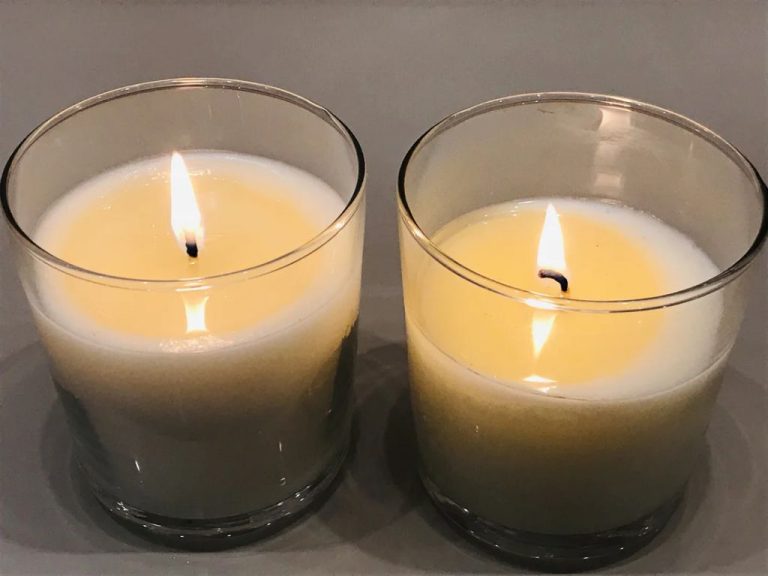Can I Make Wax Melts And Sell Them?
Wax melts have been growing in popularity over the last decade as an alternative to candles or other home fragrance products. According to the market research firm Grand View Research, the global wax melts market size was valued at USD 2.84 billion in 2022 and is expected to reach USD 4.26 billion by 2030, growing at a CAGR of 5.21% from 2023 to 2030. The market research firm cites the increasing demand for home fragrance products and convenience as key drivers for the growth.
Wax melts, also known as tart melts, are small pieces of scented wax that are warmed to release fragrance. They offer several advantages over candles – there is no open flame, they are reusable, and a wide variety of scents are available. Simply place a wax melt in a wax warmer and as it slowly melts, it releases its fragrance. Wax melts have become a popular product for both personal use at home as well as for small businesses and hobbyists to make and sell.
Legal Requirements
When selling homemade wax melts as a business, there are some legal requirements to be aware of. According to this FindLaw article, you generally need to obtain a business license in order to legally sell homemade products.
The specific business license requirements will depend on your state and local jurisdiction. However, a general business license is often required when your intent is to regularly sell homemade goods for profit. Check your state and local rules to determine the exact licensing obligations.
You will also have tax obligations when selling homemade wax melts as a business. According to the IRS, income earned from selling homemade products is taxable and must be reported. You may need to register your business, file quarterly estimated taxes, pay self-employment taxes, and keep detailed records of income and expenses.
It’s important to understand your specific tax obligations based on your business structure and income level. The IRS provides resources to help small business owners comply with federal tax rules. Consulting a tax professional can also help you navigate your tax responsibilities.
Recipe and Process
To make wax melts at home you’ll need just a few ingredients: wax, dye, and fragrance oils. Some common waxes used are soy, paraffin, or a blend [1]. Soy wax is often preferred as it’s made from soybeans, is biodegradable, and cleanly burns. The dye adds color while the fragrance oil provides the scent.

You’ll also need some basic equipment like a saucepan or double boiler, thermometer, silicone molds or containers, and stirring utensils [2]. Here are the basic steps for making wax melts at home:
- Melt the wax in a double boiler or saucepan until completely liquefied, between 170-200°F.
- Add the dye as desired and stir thoroughly to combine.
- Add the fragrance oil, about 1 oz per pound of wax, and stir again.
- Carefully pour the wax into silicone molds or containers.
- Allow wax to fully cool and harden before removing from molds.
The process is quite simple and you can customize the melts with preferred colors and scents. Just make sure to follow safety precautions when melting wax at high temperatures.
Packaging and Labeling
When selling homemade wax melts, you have a few packaging options. Many sellers opt for clamshell packaging or glass jars. Clamshell plastic containers come in various sizes and shapes and can showcase the wax melt design. Glass jars add a more premium, gift-like touch. They also allow customers to reuse the container.
No matter the packaging type, your product label must comply with regulations. According to the Fair Packaging and Labeling Act (FTC), candle product labels, including wax melts, require: product identity, net quantity of contents, and the name and address of the candle maker (manufacturer, packer or distributor). This basic information helps consumers make informed purchasing decisions.
Additional labeling requirements depend on where you sell. If selling online across states, FTC rules apply. Check your state and local requirements too. For instance, California requires ingredient disclosure. Proper labeling builds trust with customers and helps avoid legal issues.
Pricing Considerations
When determining how to price homemade wax melts, there are a few key factors to consider:
Ingredient costs play a significant role in pricing. The main ingredients in wax melts are wax, fragrance oils, and dye blocks or liquid dyes. According to one source, the average cost of materials for a single clamshell melt is around $0.20-0.30 when buying materials in bulk [1]. So this base cost must be accounted for when pricing the final product.
Packaging is the other major cost factor. Clamshell packaging and labels add to the overall production costs per unit. Basic clamshells can cost $0.10-0.25 each, while more ornate or customized packaging may cost more [2]. This packaging cost should be built into the pricing.
It’s also important to research competitor pricing and what the market is willing to pay. Browsing sites like Etsy can provide a good benchmark for price comparisons. Common pricing is around $4-6 for a 6-pack of melts, or $1-2 per individual clamshell. Wholesale pricing for bulk orders is usually discounted 20-50% off these retail prices.
Selling Venues
There are a few main options for selling homemade wax melts:
Online Stores
Selling wax melts through an online store or ecommerce website is a popular option. Some popular platforms for selling online include Etsy, Shopify, Wix, and Squarespace. You can create your own website/storefront and manage all aspects like products, orders, and shipping.
Etsy in particular is a large marketplace for selling handmade and homemade products like wax melts. Over 60 million buyers visit Etsy each month looking for unique items. As of 2022, there were over 5 million active sellers on Etsy [1].
Craft Fairs
Local craft fairs, farmer’s markets, and pop-up events are a way to sell wax melts in-person. This allows you to directly interact with customers. You can accept payments in-person and potentially build a local customer base. Craft fairs may charge fees and require pre-registration.
Wholesale
Selling wax melts wholesale means selling large quantities to retailers, stores, or other businesses at a discount. They then resell the products to consumers. Wholesaling allows you to sell higher volumes. Developing relationships with local gift shops or boutiques can provide wholesale opportunities.
Marketing
Marketing is crucial for getting the word out about your handmade wax melts and generating sales. Some effective marketing strategies include:
Social media is a powerful platform for marketing handmade products. Creating accounts on platforms like Instagram, Facebook, and Pinterest allows you to visually showcase your products, share your brand story, run targeted ads, and directly interact with potential customers. Partnering with influencers in your niche who align with your brand can expand your reach. Give them products to feature and review. Optimize your website and product listings for keywords people search when looking for handmade wax melts in order to improve search engine rankings.
According to Small Business Chron, “Having a dedicated website for your business is a must for marketing handmade items well.” Driving traffic to your website with search engine optimization gives customers a hub to learn about your brand and shop. Made Urban recommends making gift guides combining your products with complementary items from other handmade businesses. Strategic cross-promotion expands awareness.
Scaling the Business
As a handmade business grows, it becomes increasingly difficult for the owner to handle all aspects of production alone. To scale up, crafters must find ways to streamline and systemize their production process. This may involve breaking down tasks into repeatable steps that can be documented or taught to employees. Investing in equipment and tools to assist with efficient, high-volume production is also key.
Hiring additional staff or contractors allows handmade business owners to increase output and take on more orders without sacrificing quality. It’s important to train new hires thoroughly on production methods and quality control. Expanding the product line or customization options can also help grow sales. However, this should be done thoughtfully by playing to your unique strengths and capabilities as a handmade producer. As conveyed by experts, “Identify the USP of your handmade craft and leverage that in your business operations. Whether it’s the quality, price, design, or sustainability aspect, make sure your offerings and brand identity revolve around that core USP” (Scaling Success: Expert Strategies on How to Grow Your Handmade Craft Business).
Managing Finances
Proper financial management is crucial for any small business. Here are some tips for managing your finances as a small candle making business:
Use accounting software like QuickBooks or Xero to keep organized records and track income and expenses. This makes tax time easier and gives you insights into your cash flow.
Understand your cash flow by tracking when you actually receive payments from customers and when you pay expenses. This helps you avoid cash flow issues.
Set aside money each month to pay estimated quarterly taxes so you don’t get hit with a huge tax bill all at once.
Consider hiring an accountant, at least in the beginning, to ensure you are setting up your books properly and taking advantage of all available tax deductions.
Separate personal and business finances completely. Have a dedicated business bank account and credit card.
Create a budget to keep expenses under control. Track where your money is going so you can identify waste.
Only take out a small business loan if absolutely necessary. Work to bootstrap the business and reinvest profits for growth.
Conclusion
In summary, making and selling wax melts as a home business has many advantages but also important steps to follow. You’ll need to research legal requirements, perfect your recipes and processes, source quality packaging and labels, identify sales channels, craft marketing materials, and carefully manage your finances. Key considerations include pricing competitively, scaling production if demand grows, and maintaining quality as your business expands. With passion for candlemaking, strategic planning, and perseverance, your homemade wax melt business can thrive. This overview provides the core information to get started pursuing your wax melt entrepreneurial dreams.






